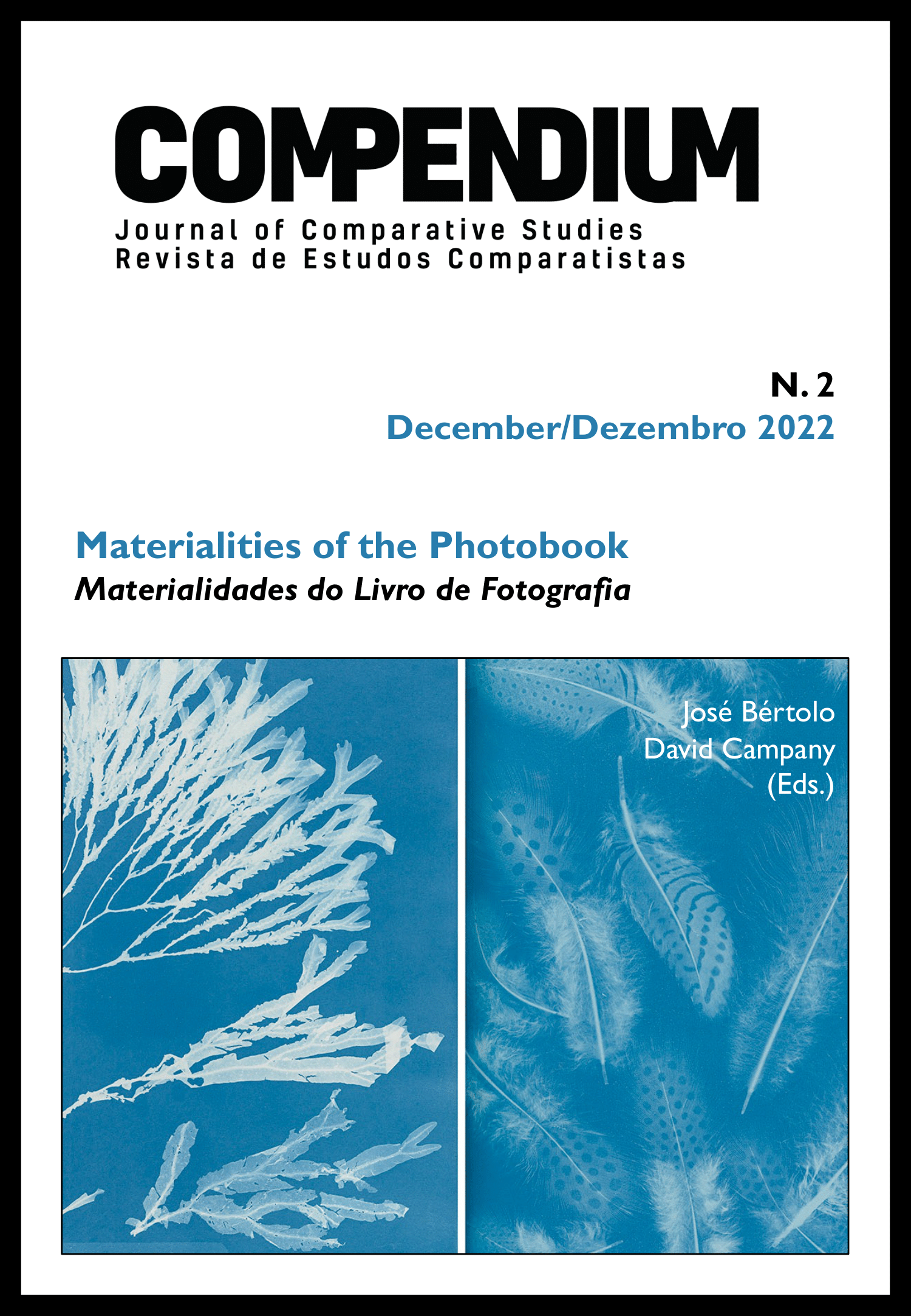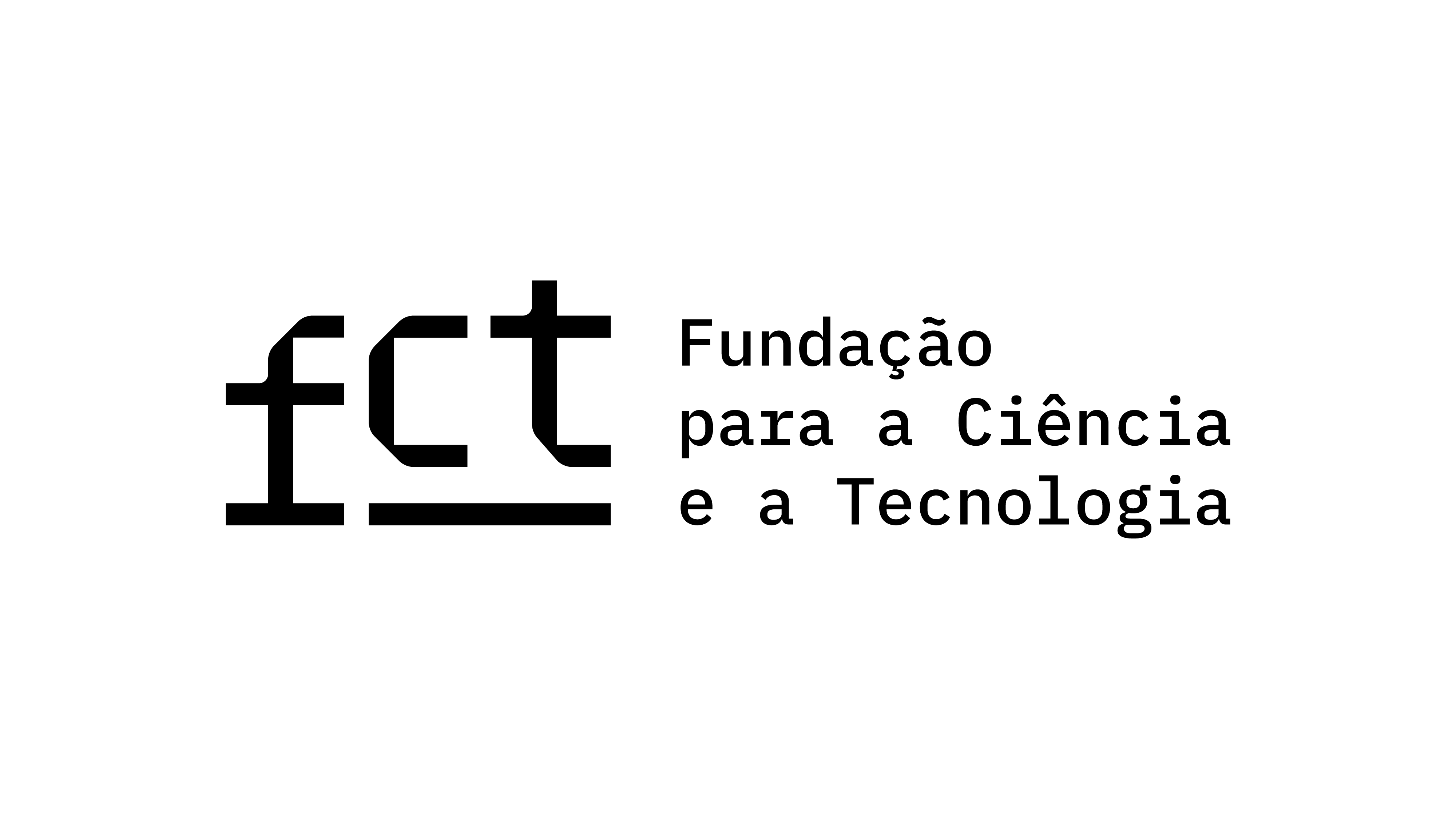A Turn to Reception
Readers and Reading in the Contemporary Photobook Ecology
DOI:
https://doi.org/10.51427/com.jcs.2022.0021Keywords:
artist's books, publishing, photobooks, reading, audienceAbstract
At the turn of the millennium, powered by emerging canons, a narrative of discovery and art-historical contextualisation, the photobook became a central object of interest for photographers, scholars and collectors. As a product of this situation a community coalesced, constructing photobook-specific events, platforms and publications that gave space to deep-dive the processes and products of book making. Now, the photobook enters a new moment. As large institutions embrace photography on the page more readily and the frenzy of the photobook phenomenon is tempered, an emerging critical movement seeks to address the sustainability, reception and legacy of the post-millennium medium. This article argues that key to such discussions will be the previously sidelined matter of reading and what it can contribute to a prevailing, production-oriented discourse. By reviewing what literature exists around the subject and its periphery, combining with reflections on the author’s own activities and drawing from a number of contemporary photobook initiatives it is posited that there are three substantial challenges that can arrest visibility and comprehension of photobook reading. From the difficulty faced when speaking about books to an absence of space held to accommodate reading and the subdued level of interest in this elusive activity, each theme is outlined and expanded in turn before being located as pivotal in constructing a more inclusive and meaningful future for the photobook.
Downloads
Downloads
Published
How to Cite
Issue
Section
License
Copyright (c) 2022 Matt Johnston

This work is licensed under a Creative Commons Attribution 4.0 International License.
Compendium embraces online publishing and open access to all issues. Authors retain copyright and grant the journal right of first publication with the work simultaneously licensed under a Creative Commons Attribution 4.0 International (CC BY 4.0), that allows others to share the work with an acknowledgement of the work's authorship and initial publication in this journal.











